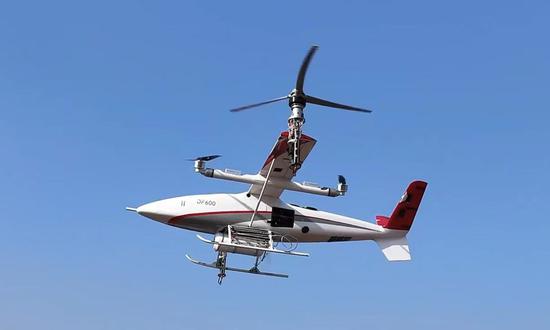
A ton-level liquid hydrogen powered unmanned eVTOL aircraft completes its test flight in Baoji City, Northwest China's Shaanxi Province. (Photo/Courtesy of Shaanxi Tongchen Heguang Cryogenic Technology Co Ltd.)
China's first ton-level liquid hydrogen powered electric unmanned vertical takeoff and landing (eVTOL) aircraft completed its test flight in Baoji city, Northwest China's Shaanxi Province. This achievement opens new avenues for the commercialization of liquid hydrogen and the development of the low-altitude economy, said Shaanxi Fabu, the official social media account of Shaanxi Province on Monday.
The eVTOL was developed through a collaboration among several companies, including Shaanxi Tongchen Heguang Cryogenic Technology Co Ltd, Dreamfly Technology Co Ltd and Qing Power Technology Co Ltd.
After a single refueling with liquid hydrogen, it can fly continuously for about 4 to 5 hours, covering a range of 800 to 1,000 kilometers at an average speed of 240 kilometers per hour, the Global Times learned from Shaanxi Tongchen Heguang Cryogenic Technology Co, which provided the liquid hydrogen for this test flight.
Li Yongxin, chief engineer of Shaanxi Tongchen Heguang Cryogenic Technology Co, told the Global Times on Monday that liquid hydrogen offers significant advantages over traditional fuels and lithium batteries.
As a hydrogen-based energy source, liquid hydrogen stands out as a pollution-free clean energy option. Its fuel cells can operate effectively even in extremely low-temperature environments, unlike lithium batteries, which suffer from considerable energy losses in such conditions. Its endurance also far surpasses that of lithium batteries, Li said.
The test flight has provided a promising practical scenario for the application of liquid hydrogen, paving the way for the widespread adoption of this new energy, Li said.
Li noted that liquid hydrogen-powered unmanned eVTOLs have broad application prospects, extending into fields such as firefighting, transportation and agriculture - encompassing tasks like irrigation, sowing and fruit picking.
China's low-altitude economy is taking off at an impressive speed. The Civil Aviation Administration of China estimates that the country's low-altitude market will soar from 500 billion yuan ($68.19 billion) in 2023 to 1.5 trillion yuan in 2025 and as much as 3.5 trillion yuan in 2035, the Xinhua News Agency reported.








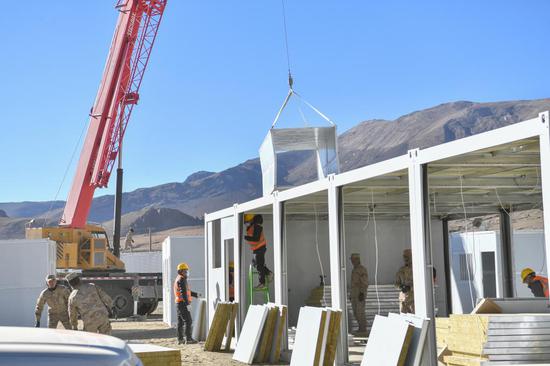




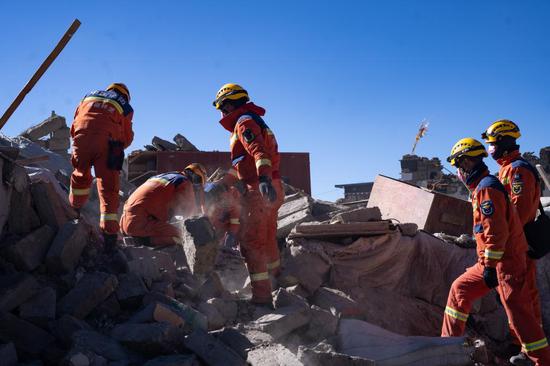



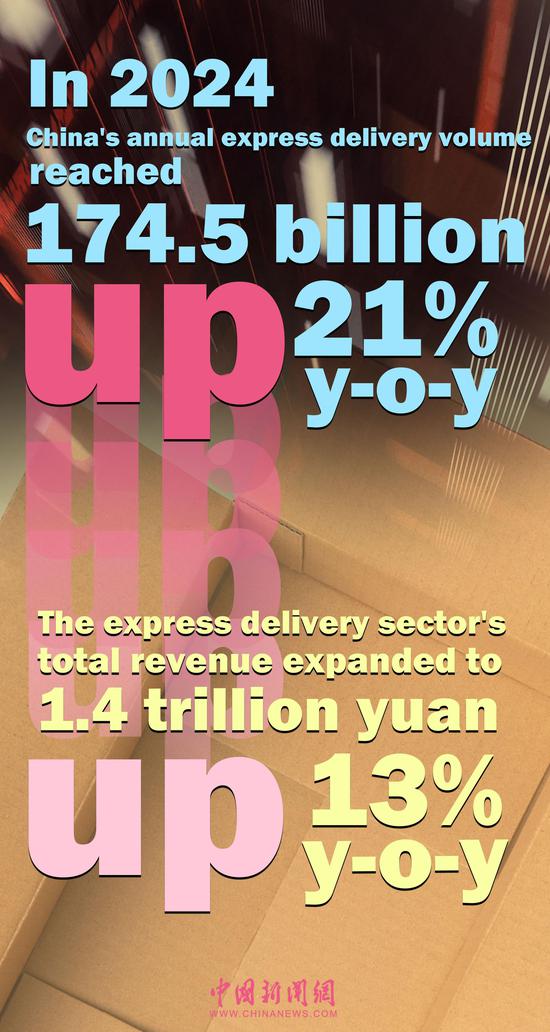
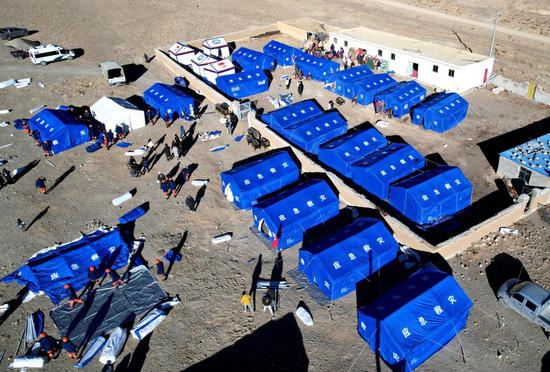
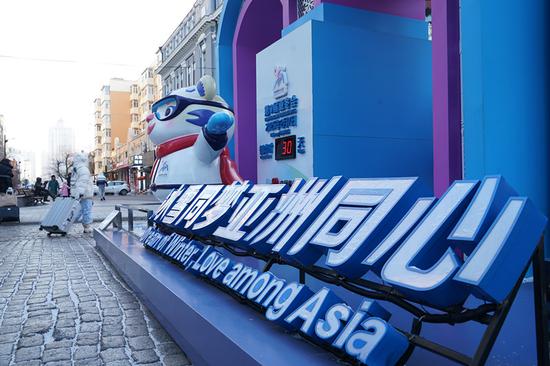




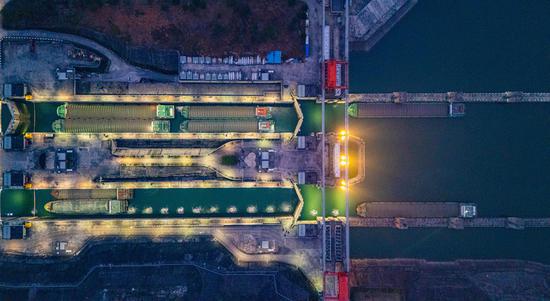



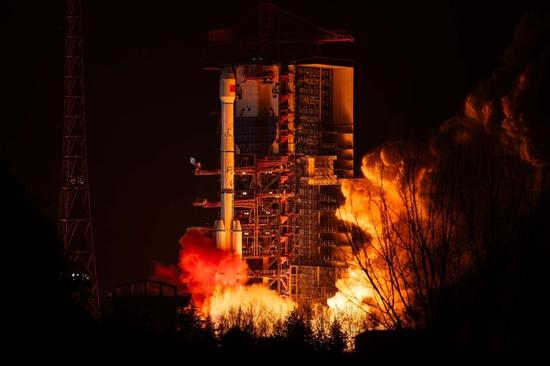



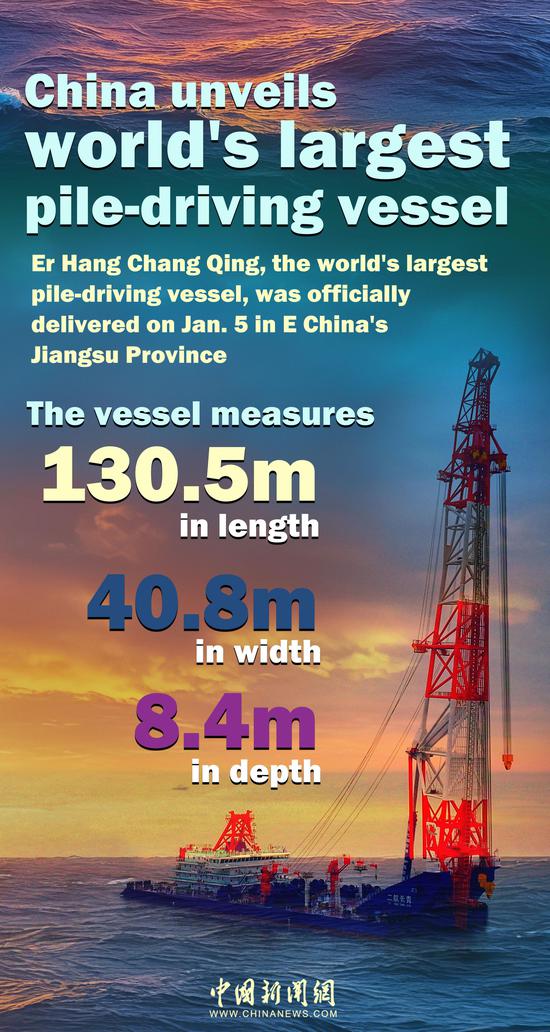






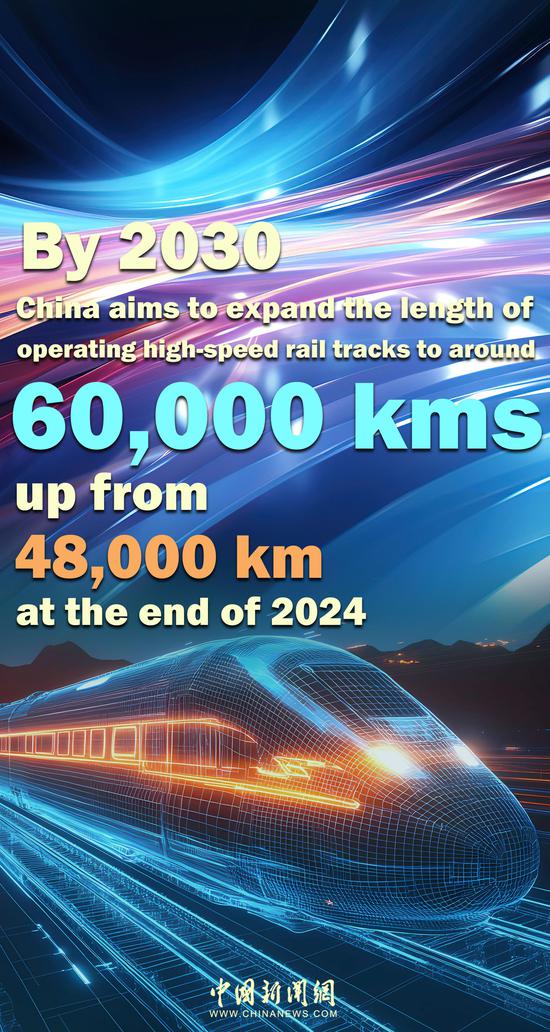
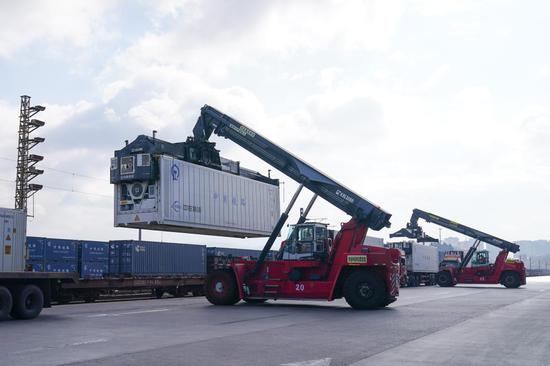



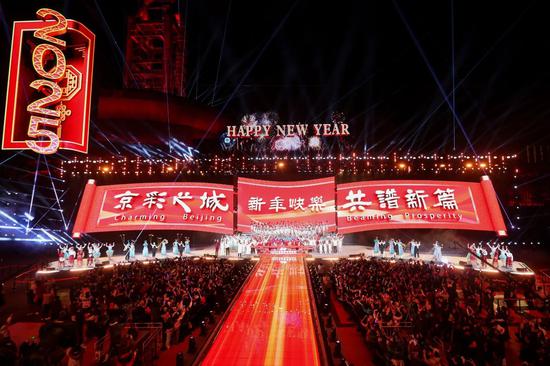

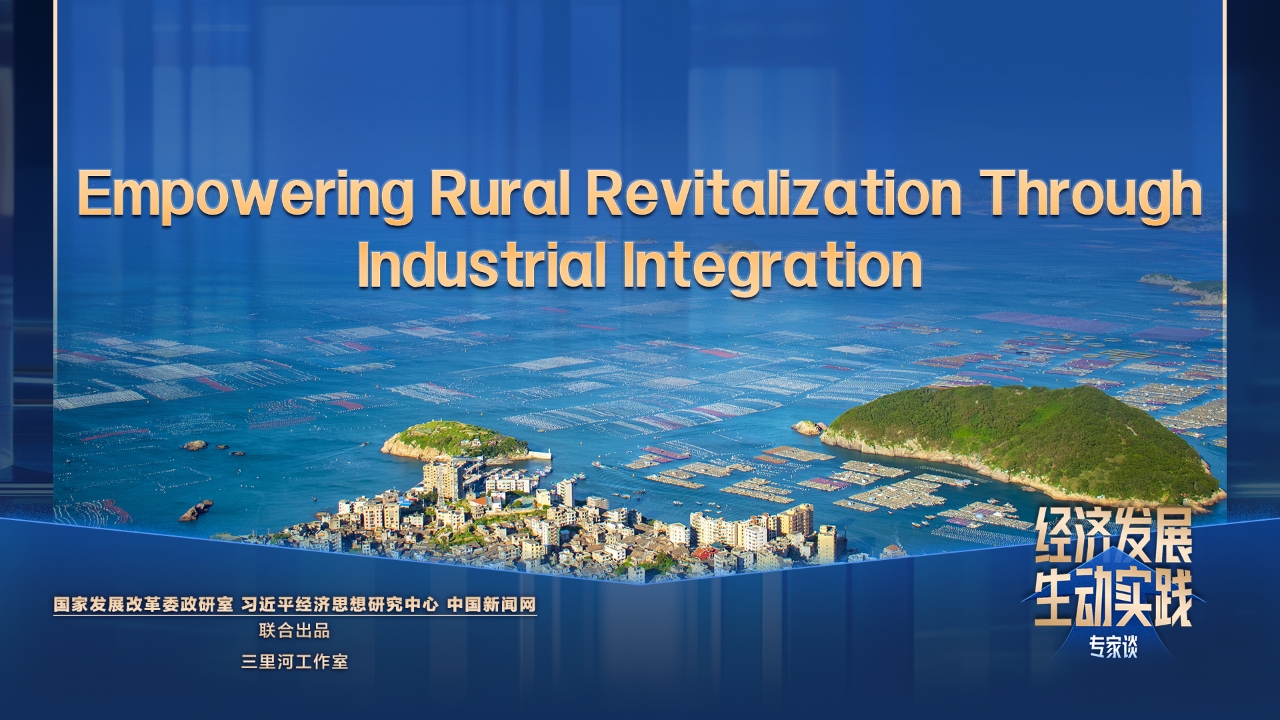



 京公网安备 11010202009201号
京公网安备 11010202009201号